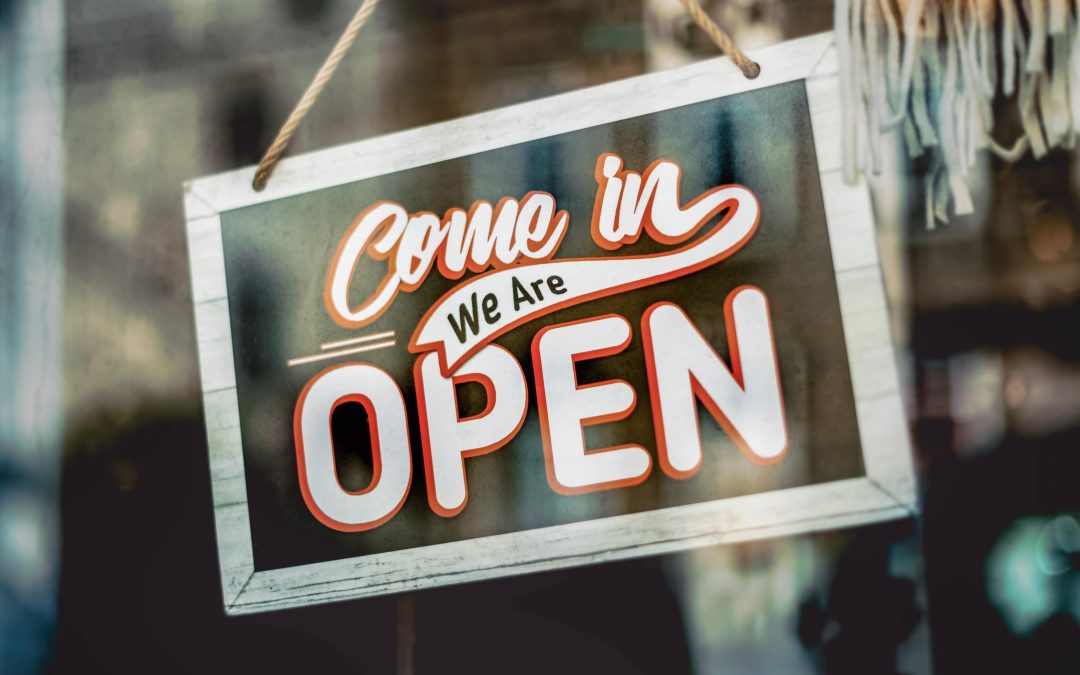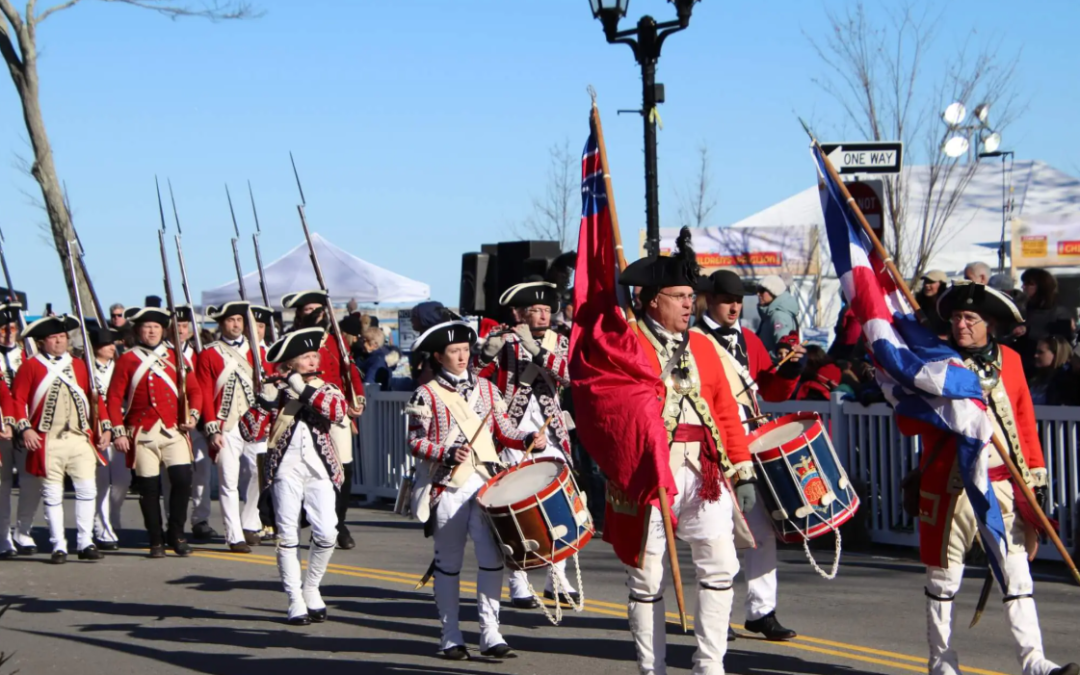America’s Independence Day, celebrated annually on the Fourth of July, stands as one of the nation’s most cherished holidays. Each year, communities across the United States come together to commemorate the pivotal moment when America declared its sovereignty from British rule. This national celebration marks not just a historical event, but the birth of a nation founded on principles that continue to shape American identity and values over two centuries later.
Independence Day: More Than Fireworks and Festivities
The significance of Independence Day extends beyond barbecues and fireworks displays – it represents a crucial moment in world history when a group of colonies boldly asserted their right to self-governance. As neighborhoods across the country prepare for this year’s celebrations, it’s worth reflecting on the remarkable events that unfolded in Philadelphia during that sweltering summer of 1776 and how they continue to resonate in our communities today.
The Fourth of July commemorates the important day in 1776 when the Continental Congress formally adopted the Declaration of Independence. This transformative document, approved in Philadelphia, officially announced the American colonies’ separation from Great Britain after years of growing tension. The road to independence wasn’t sudden – it followed more than a decade of deteriorating relations between colonists and the British Crown, with frustrations mounting over taxation without representation and restrictive policies that limited colonial autonomy.
The colonists’ frustrations manifested in various forms of resistance before escalating to armed conflict. Taxes on items like tea sparked organized protests, while requirements to house British soldiers in private homes further inflamed tensions. Despite these grievances, the colonies initially had little influence over British policies. When peaceful petitions failed to bring change, the Revolutionary War erupted in April 1775.
However, military action alone wasn’t sufficient – the Continental Congress recognized the need for a formal declaration explaining their actions to both their own citizens and potential international allies like France. This strategic document, primarily drafted by Thomas Jefferson with input from a five-person committee, was signed by representatives from all thirteen colonies, asserting their right to self-determination.
July 4th: A Celebration of Freedom, Then and Now
The Declaration of Independence transcended its immediate purpose as a political document to become a timeless statement of human rights principles. Its assertion “that all people are created equally and have rights that include life, liberty, and the pursuit of happiness” established a fundamental philosophy of governance that has inspired freedom movements worldwide.
Though originally written during a time when rights weren’t universally applied, these words, penned by Thomas Jefferson, who would later become the third U.S. president, established an aspirational standard that continues to challenge Americans to expand and fulfill these promises of equality.
Americans today honor Independence Day through community traditions that connect current generations to this foundational moment in history. Local parades featuring veterans, community organizations, and school bands wind through neighborhood streets, while family gatherings centered around backyard barbecues foster connections between neighbors and friends.
As darkness falls, spectacular fireworks displays illuminate skies across the nation – a tradition that fulfills John Adams’ prediction in his letter to his wife Abigail that future generations would celebrate independence as “an annual festival with parades and bonfires.” These celebrations, while festive, serve as meaningful reminders of the principles that unite Americans across diverse backgrounds and political perspectives.






